Ball pythons have earned a reputation as the gentle giants of the snake world, frequently recommended as ideal starter pets for reptile enthusiasts. Their supposed docile nature has made them a popular choice for both beginners and experienced keepers alike. However, as with any animal, individual personalities can vary significantly, and the “docile ball python” narrative doesn’t always match reality. In this article, we’ll explore the true temperament of ball pythons, examining factors that influence their behavior, and addressing whether they truly deserve their reputation as the most easygoing snake species in the pet trade.
The Natural Disposition of Ball Pythons
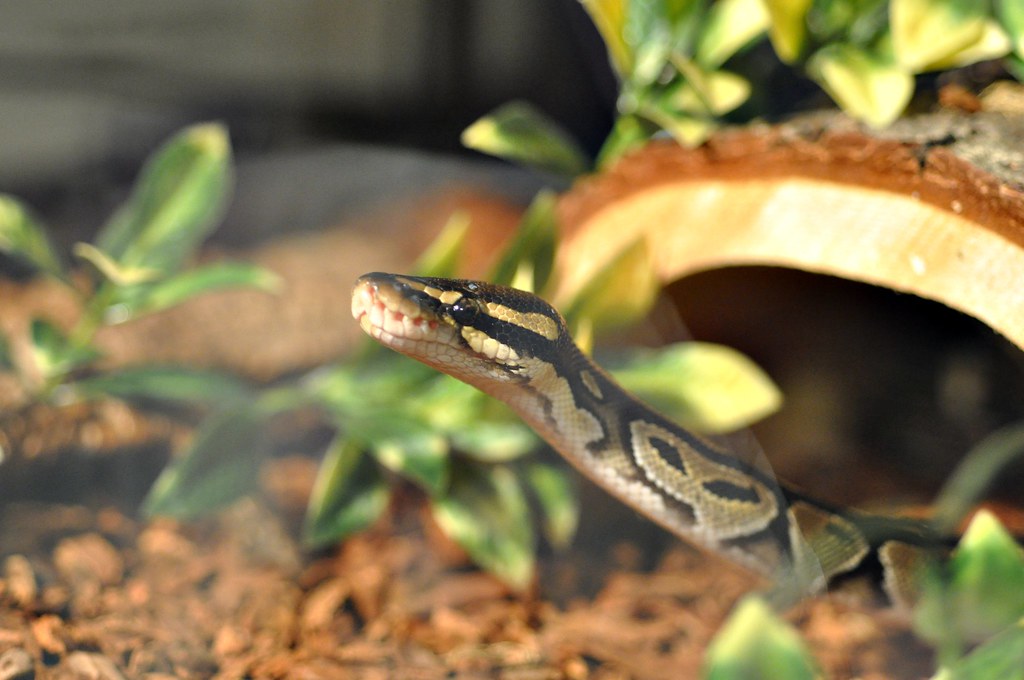
Ball pythons (Python regius) originate from the grasslands and open forests of West and Central Africa, where they’ve evolved as primarily nocturnal ambush predators. In their natural habitat, these snakes are generally non-aggressive and prefer to avoid confrontation when possible. Their primary defense mechanism is to curl into a tight ball with their head protected in the center—hence their common name. This passive defense strategy reflects their evolutionary preference for avoidance rather than aggression when faced with potential threats. Unlike some snake species that actively strike or pursue perceived threats, ball pythons typically choose the path of least resistance, making them naturally predisposed to calmer temperaments in captivity.
Individual Variation in Temperament
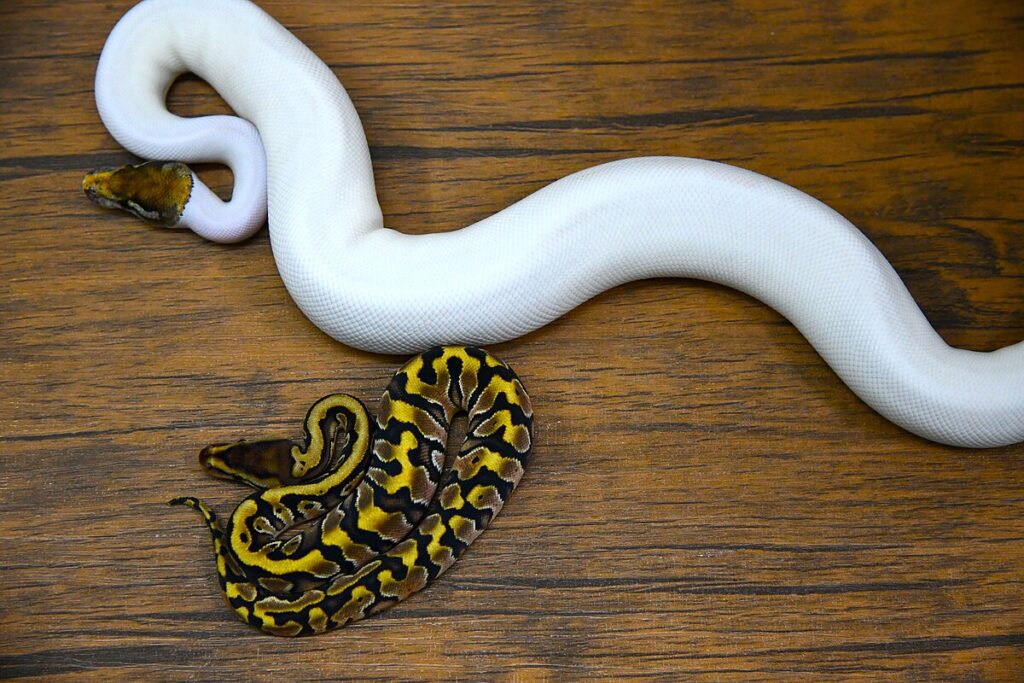
Despite their general reputation for docility, ball pythons exhibit significant individual variation in temperament, just like humans and other animals. Some specimens may be exceptionally calm and tolerant of handling from the start, while others might display more defensive or skittish behaviors. These individual differences can be influenced by genetics, early experiences, and even the specific bloodline or morph. Breeders have noted that certain morphs, like the Spider morph (which carries a neurological issue), may display more unpredictable temperaments. It’s important for potential owners to recognize that purchasing a ball python doesn’t guarantee an automatically docile pet, as each snake has its own unique personality that may develop and change over time.
Factors Affecting Ball Python Behavior
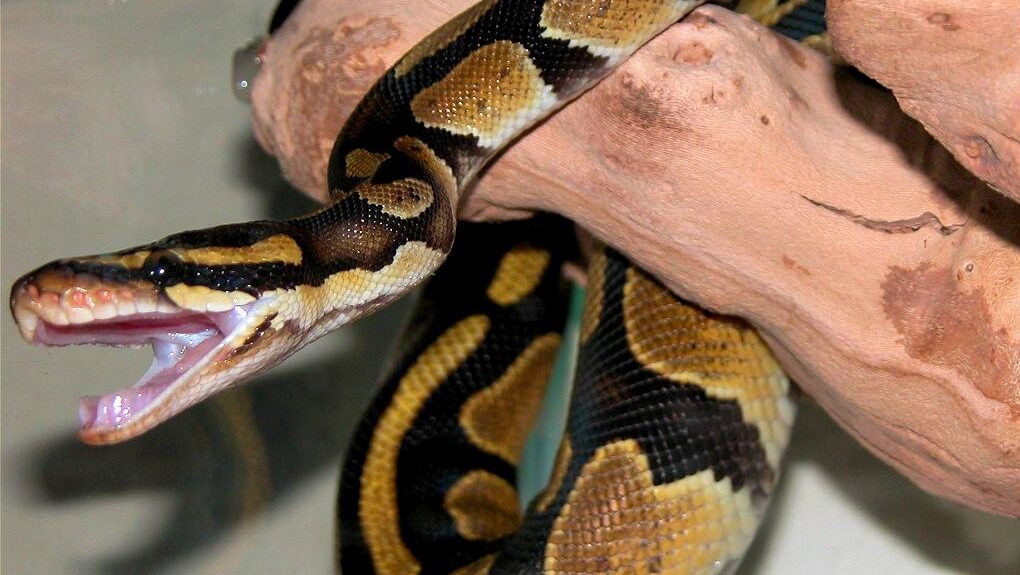
Several environmental and physiological factors can influence a ball python’s behavior and apparent temperament. Stress is perhaps the most significant factor, triggered by improper husbandry, excessive handling, or an unsuitable habitat. Snakes that are kept in enclosures that are too small, too open, or lacking appropriate hiding spots often display more defensive behaviors as they feel constantly exposed. Temperature and humidity fluctuations can also affect behavior, as ball pythons require specific environmental parameters to feel comfortable and secure. Additionally, health issues such as mites, respiratory infections, or internal parasites can cause normally docile snakes to become irritable or defensive. Understanding these factors is crucial for interpreting your ball python’s behavior accurately rather than making assumptions about its inherent temperament.
Wild-Caught vs. Captive-Bred Temperament
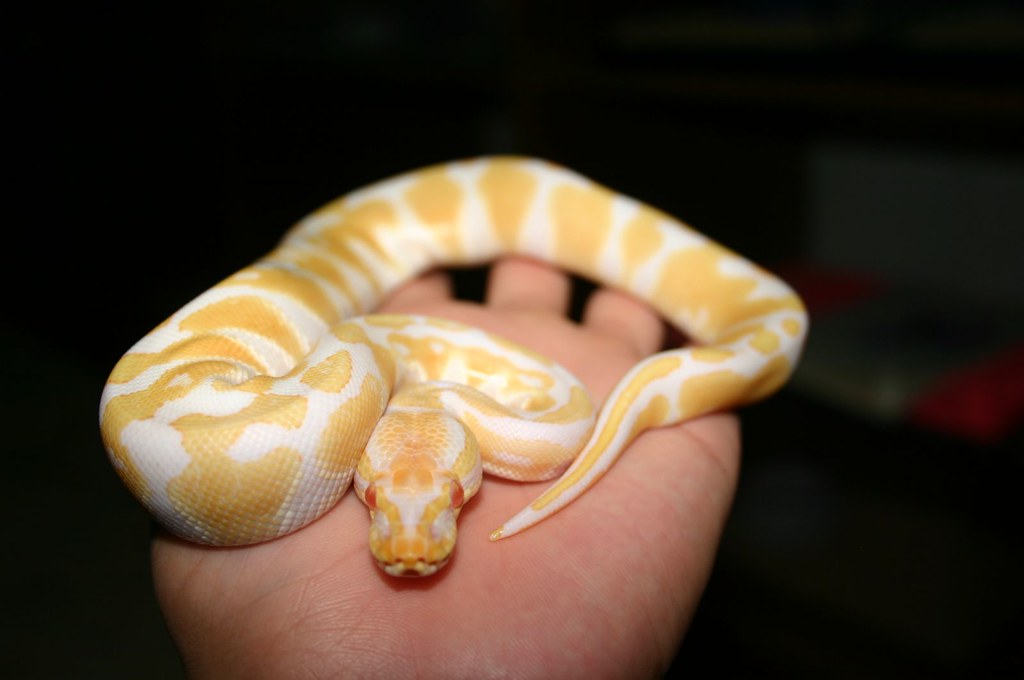
The origin of a ball python significantly influences its likely temperament, with captive-bred specimens generally displaying calmer dispositions than their wild-caught counterparts. Wild-caught ball pythons have experienced natural predators and threats, leading to more developed defensive instincts that can persist even in captivity. These snakes often take considerably longer to acclimate to handling and may never become as tolerant of human interaction as captive-bred individuals. In contrast, captive-bred ball pythons have been raised in a controlled environment from birth, with regular gentle human interaction. Most reputable breeders handle their baby snakes regularly, resulting in animals that are more accustomed to humans and less likely to perceive them as threats. This distinction explains why captive-bred specimens typically command higher prices but offer a more predictable temperament for pet owners.
The Impact of Age on Temperament

A ball python’s age can significantly influence its behavior patterns and apparent temperament. Hatchlings and juvenile ball pythons tend to be more defensive and quicker to strike when feeling threatened, which is a natural survival mechanism for smaller, more vulnerable snakes in the wild. As they mature and grow larger, most ball pythons typically become more confident and less reactive to handling and environmental changes. Adult specimens, particularly those that have experienced consistent positive handling throughout their lives, often display the docile temperament for which the species is famous. However, this maturation process isn’t universal or guaranteed—some ball pythons retain more flighty or defensive tendencies throughout their lives, while others may be exceptionally calm even as juveniles.
Proper Handling Techniques and Their Effect
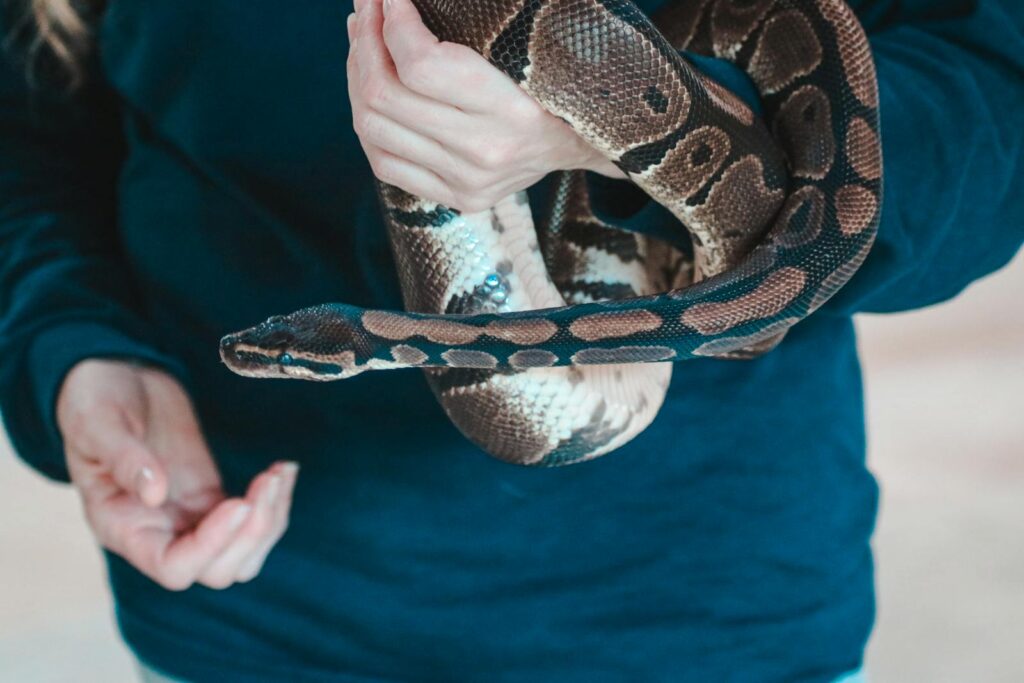
The way a ball python is handled plays a crucial role in shaping its long-term temperament and comfort with human interaction. Proper handling involves supporting the snake’s body appropriately, moving slowly and deliberately, and respecting signs of stress or discomfort. Handling sessions should be kept brief initially, gradually increasing in duration as the snake becomes more comfortable. Approaching the enclosure from above can trigger defensive responses, as this mimics how predators would approach in the wild—it’s better to approach from the side when possible. Consistent, gentle handling from an early age helps ball pythons become accustomed to human contact, though it’s equally important to provide regular periods without handling to prevent stress. Even the most docile ball pythons can become defensive if grabbed suddenly or handled roughly, demonstrating that perceived temperament is often a reflection of handling quality rather than the snake’s innate disposition.
Reading Body Language and Stress Signals
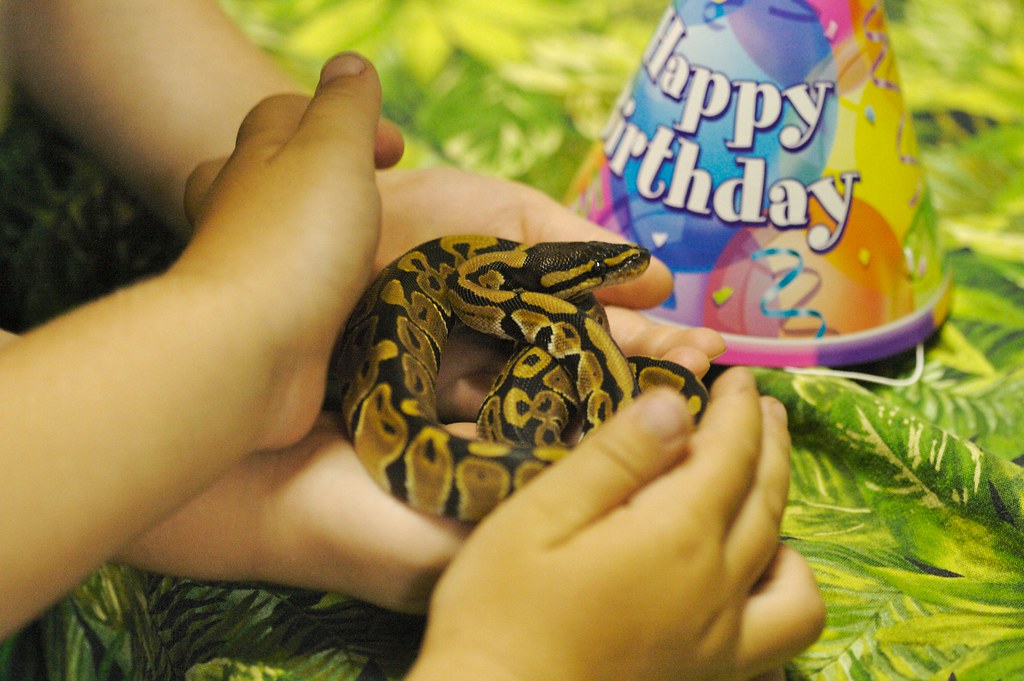
Understanding a ball python’s body language is essential for accurately interpreting its temperament and emotional state. A relaxed ball python typically moves with smooth, deliberate movements, maintains a rounded body shape, and flicks its tongue regularly to explore its environment. Signs of stress or discomfort include rapid, jerky movements, tight coiling, hiding its head, or maintaining a tense, rigid body posture. Ball pythons in a defensive state may form the characteristic ball shape, hiss, or strike if they feel threatened. S-shaped neck posturing often precedes a defensive strike and should be taken as a clear warning sign. Consistent stress can lead to health problems and behavioral issues, so recognizing these subtle cues allows owners to adjust their handling approach or habitat conditions before minor stress escalates into long-term behavioral problems.
Seasonal Changes in Temperament
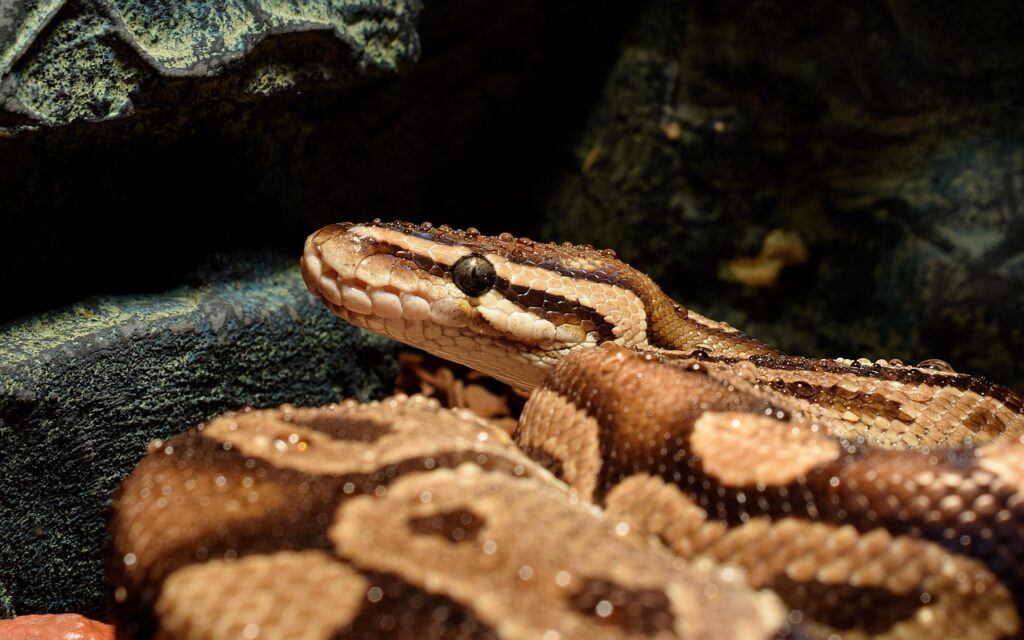
Ball pythons often exhibit seasonal variations in behavior that can be mistaken for permanent temperament changes. During breeding season (typically fall through early spring), male ball pythons may become more active and potentially more irritable as their focus shifts to reproductive activities. Females preparing to lay eggs may also display more defensive behaviors as they seek security for their upcoming clutch. Many ball pythons undergo periods of reduced appetite or complete fasting during winter months, even in captivity with consistent temperatures, and may be less tolerant of handling during these times. Shedding cycles, which occur several times yearly, frequently cause temporary changes in temperament, with most ball pythons becoming more reclusive and potentially defensive in the days leading up to a shed. Understanding these natural cycles helps owners distinguish between temporary behavioral shifts and genuine temperament issues.
Comparing Ball Python Temperament to Other Pet Snakes
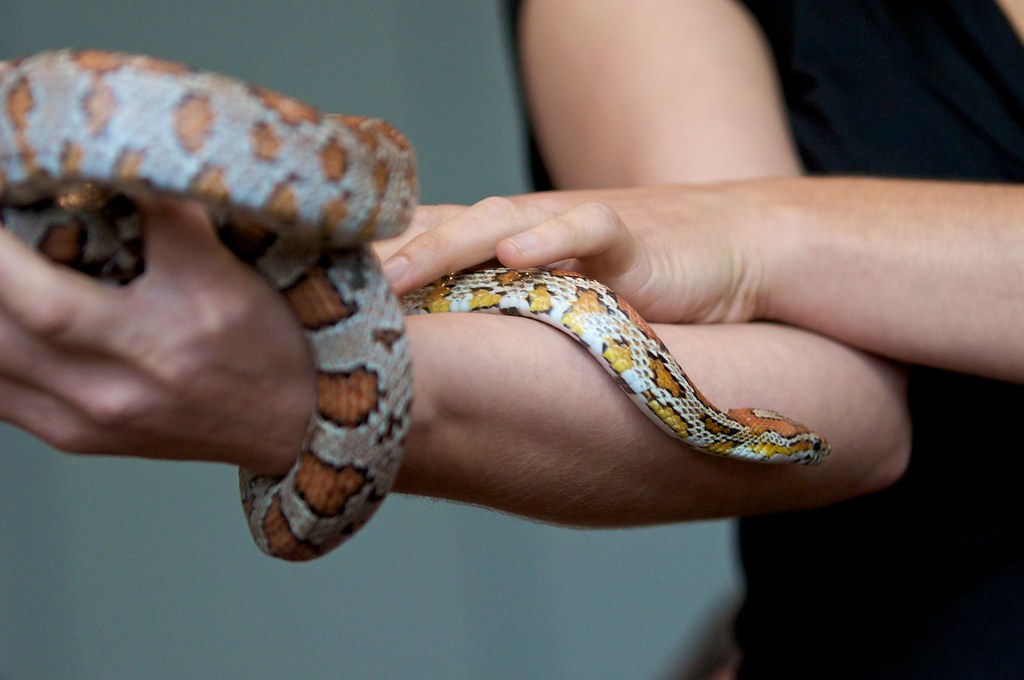
When comparing ball pythons to other common pet snake species, their reputation for docility is generally well-earned, though with some important nuances. Corn snakes typically rival ball pythons in temperament, often being slightly more active but equally gentle when handled regularly. King snakes, while excellent pets, tend to be more high-energy and food-motivated, sometimes mistaking fingers for food more readily than ball pythons. Larger constrictors like boa constrictors can be quite docile but require more experienced handling due to their size and strength. Species like blood pythons and some rat snakes often have more variable temperaments that may include defensive striking or musking when disturbed. While individual variation exists in all species, the average ball python does indeed rank among the most tractable snake species in the pet trade, making them a solid choice for handlers who prefer a calmer reptile experience.
Addressing Misconceptions About “Aggressive” Ball Pythons

The term “aggressive” is frequently misapplied to ball pythons displaying normal defensive behaviors. True aggression implies an intent to attack without provocation, which is extremely rare in ball pythons whose defensive mechanisms evolved primarily for self-preservation rather than offense. A ball python that strikes when approached too quickly or handled roughly isn’t displaying aggression but rather a natural fear response to a perceived threat. Similarly, food response bites occur when a hungry snake mistakes a hand for prey due to the scent of rodents or poor feeding practices, not from any inherent aggression. Understanding the difference between aggression and defense is crucial for addressing behavioral issues appropriately. Most supposedly “aggressive” ball pythons are actually responding to environmental stressors, improper handling, or health problems that can be addressed with proper husbandry adjustments and handling techniques.
Building Trust With a Defensive Ball Python
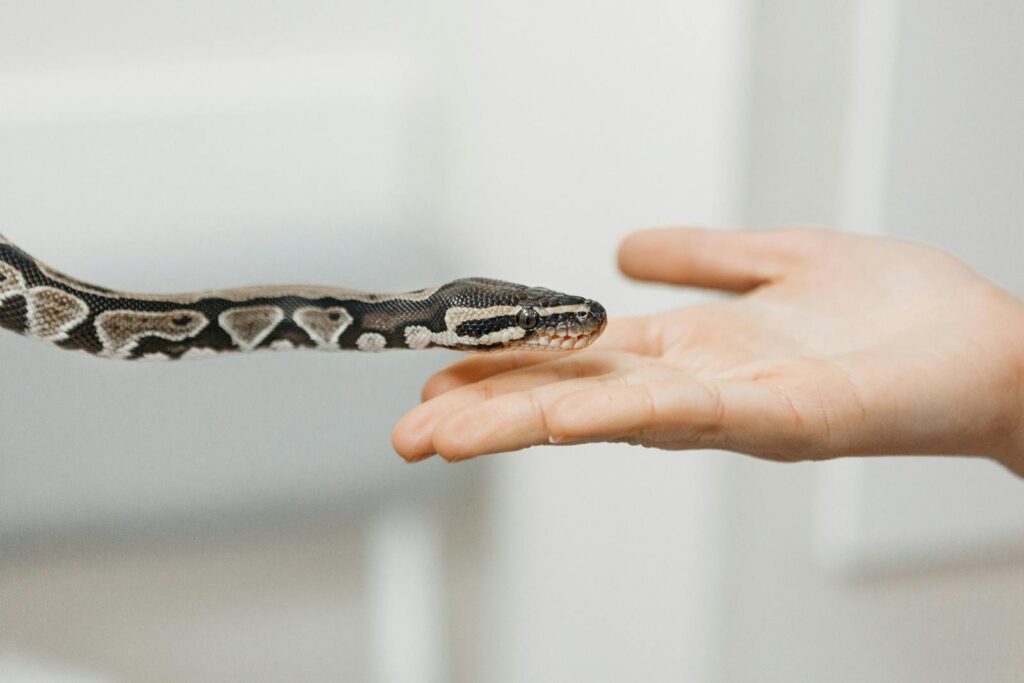
Rehabilitating a defensive or stressed ball python requires patience, consistency, and a thoughtful approach to building trust. The process begins with ensuring perfect husbandry—correct temperature gradients, appropriate humidity levels, secure hiding spots, and minimal environmental disruptions. For extremely defensive snakes, a period of minimal handling (perhaps 2-4 weeks) allows the animal to settle into its environment and feel secure. Following this adjustment period, gradual desensitization involves short, positive handling sessions that end before the snake shows stress signs. Hook training—using a snake hook to gently touch the snake before handling—helps distinguish handling time from feeding time and reduces feeding response bites. Some owners find success with “forced handling” where the snake is gently held despite initial resistance, though this controversial technique should be attempted only by experienced keepers who can recognize the difference between manageable stress and harmful distress.
The Long-Term Outlook for Ball Python Temperament
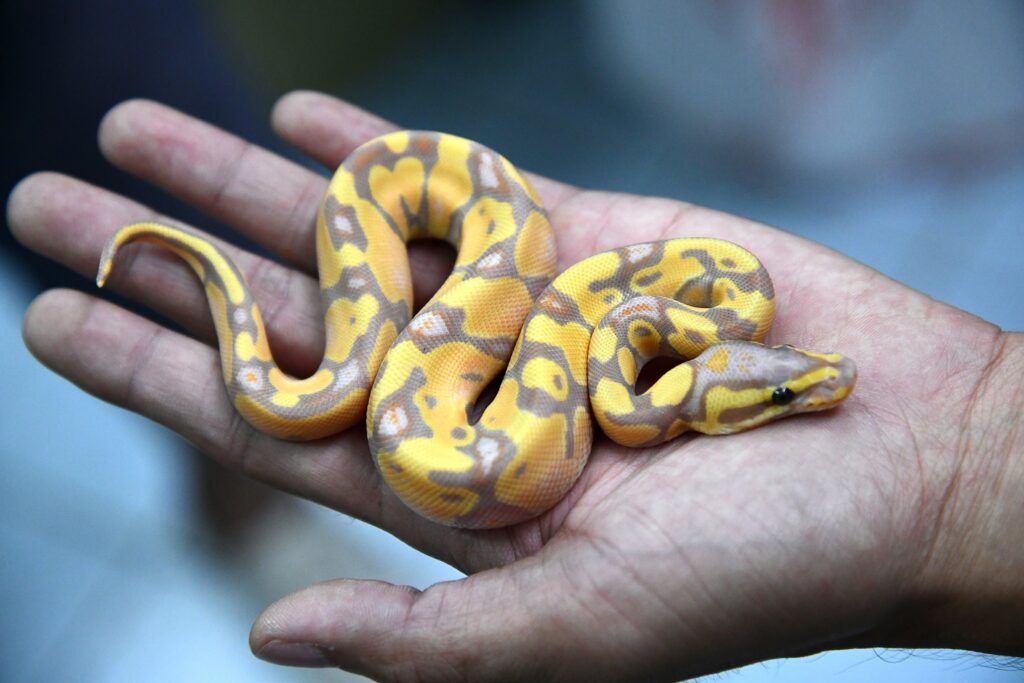
With appropriate care and handling, most ball pythons maintain their docile temperament throughout their 20-30 year lifespan, often becoming increasingly calm with age. Owners frequently report that their once-skittish juvenile snakes develop into exceptionally tractable adults with consistent, positive handling experiences. The species’ natural predisposition toward passive defense rather than aggression means that even snakes with initially defensive tendencies can usually be socialized successfully over time. However, it’s important to recognize that each snake retains its individual personality; some ball pythons may always be more sensitive to handling or environmental changes than others. Respecting these individual differences and adjusting care accordingly leads to the best outcomes for both snake and keeper. The investment in understanding and working with a ball python’s natural temperament typically rewards owners with decades of positive interaction with these fascinating reptiles.
Conclusion: The Truth About Ball Python Docility
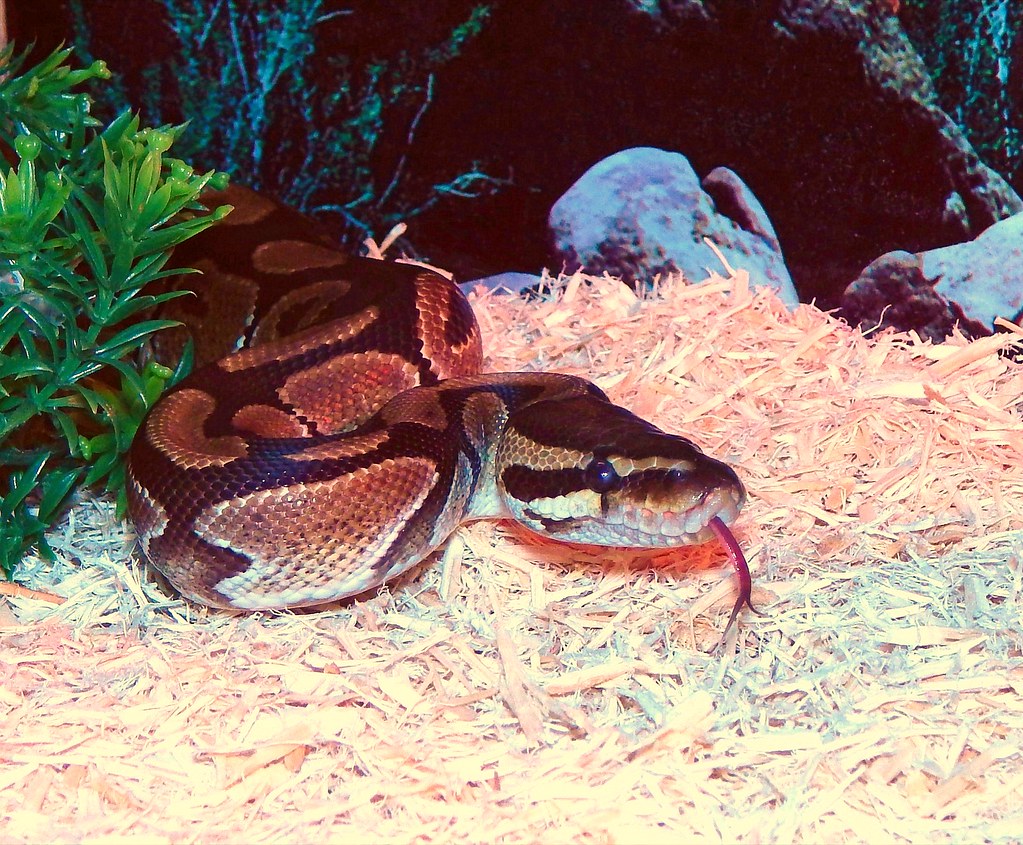
Ball pythons generally deserve their reputation as docile, manageable pet snakes, but with important caveats that prospective owners should understand. Their temperament exists on a spectrum shaped by genetics, individual personality, history, and—perhaps most importantly—the quality of care they receive. The “docile ball python” isn’t a guarantee but rather a reasonable expectation based on the species’ natural behavioral tendencies when their physical and psychological needs are properly met. For those willing to invest in appropriate housing, consistent handling, and respect for the animal’s natural behaviors, a ball python typically rewards with a calm, gentle disposition that makes them excellent companions. Understanding that docility in ball pythons is both a natural predisposition and a developed trait through positive human interaction provides a more nuanced and accurate view of this beloved reptile species.

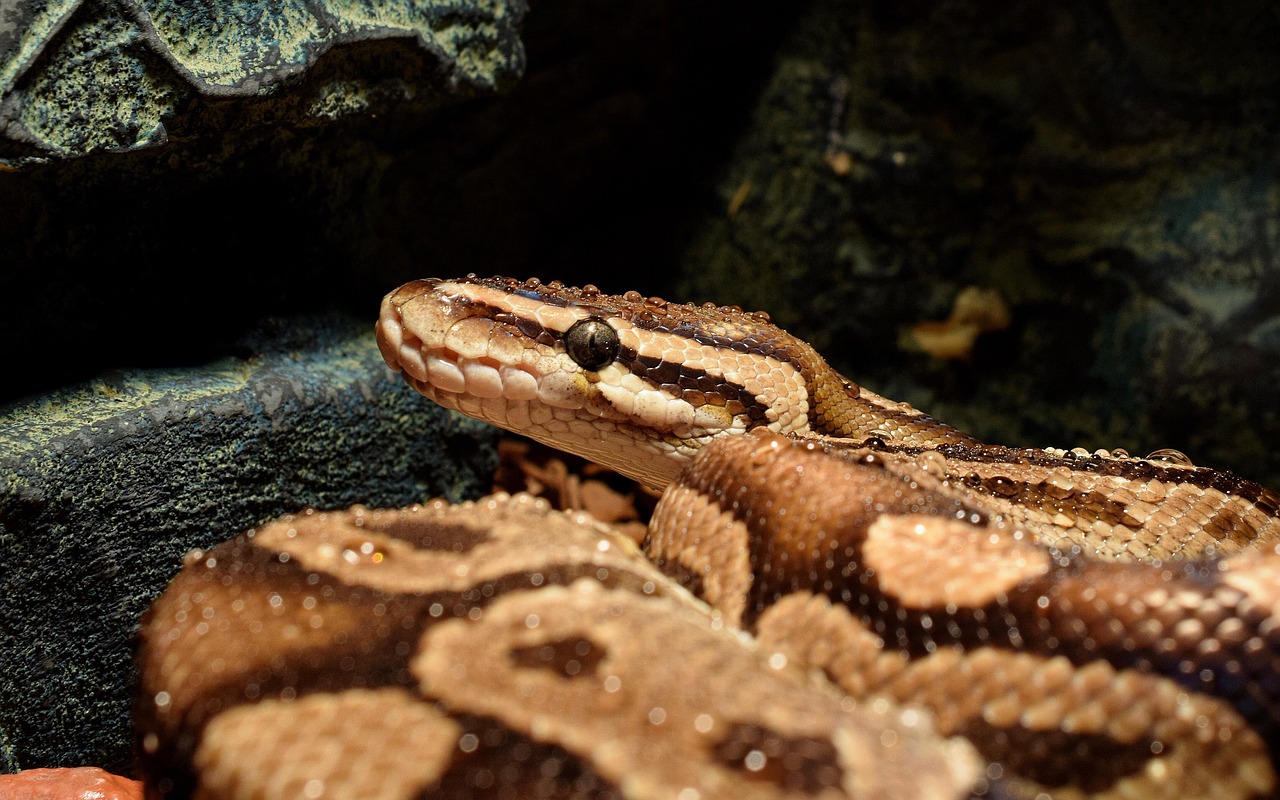

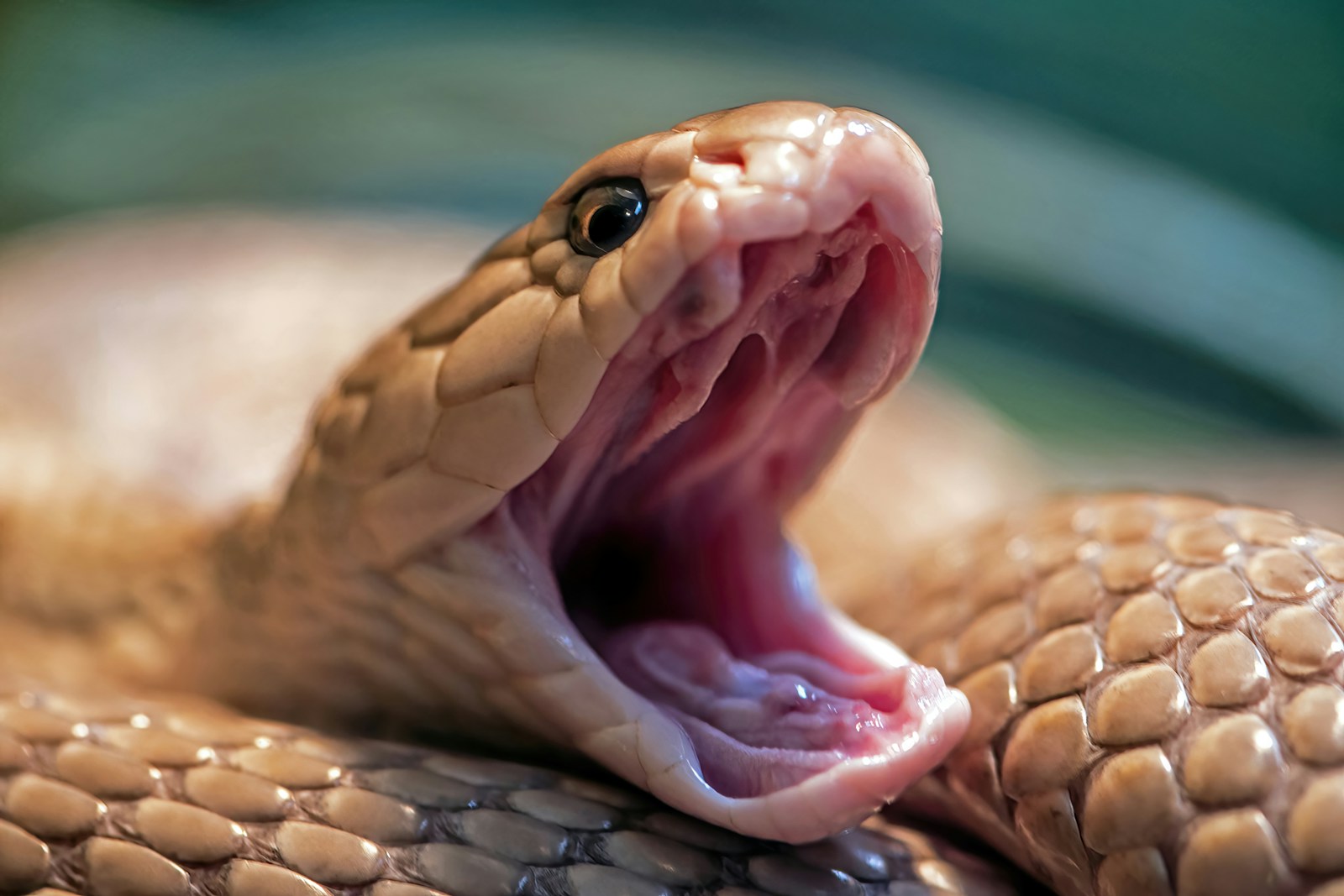



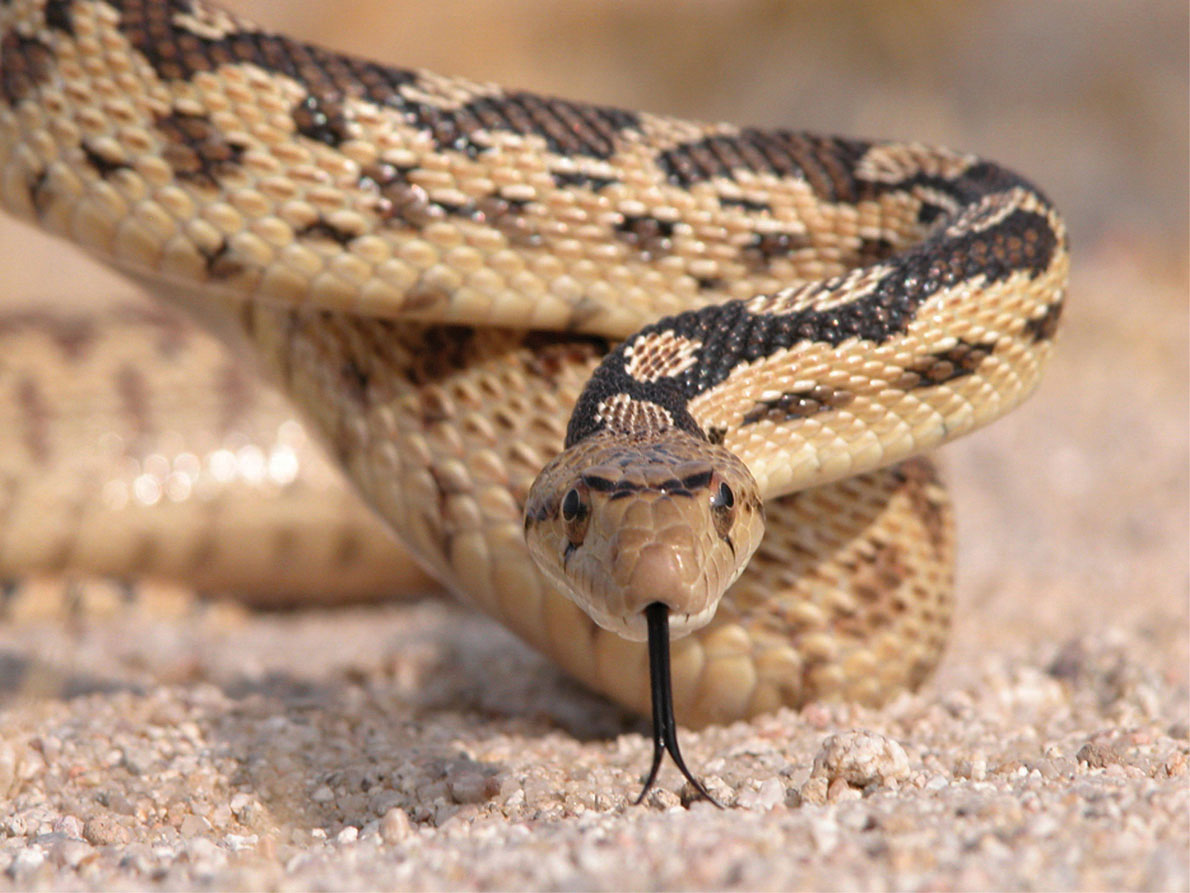
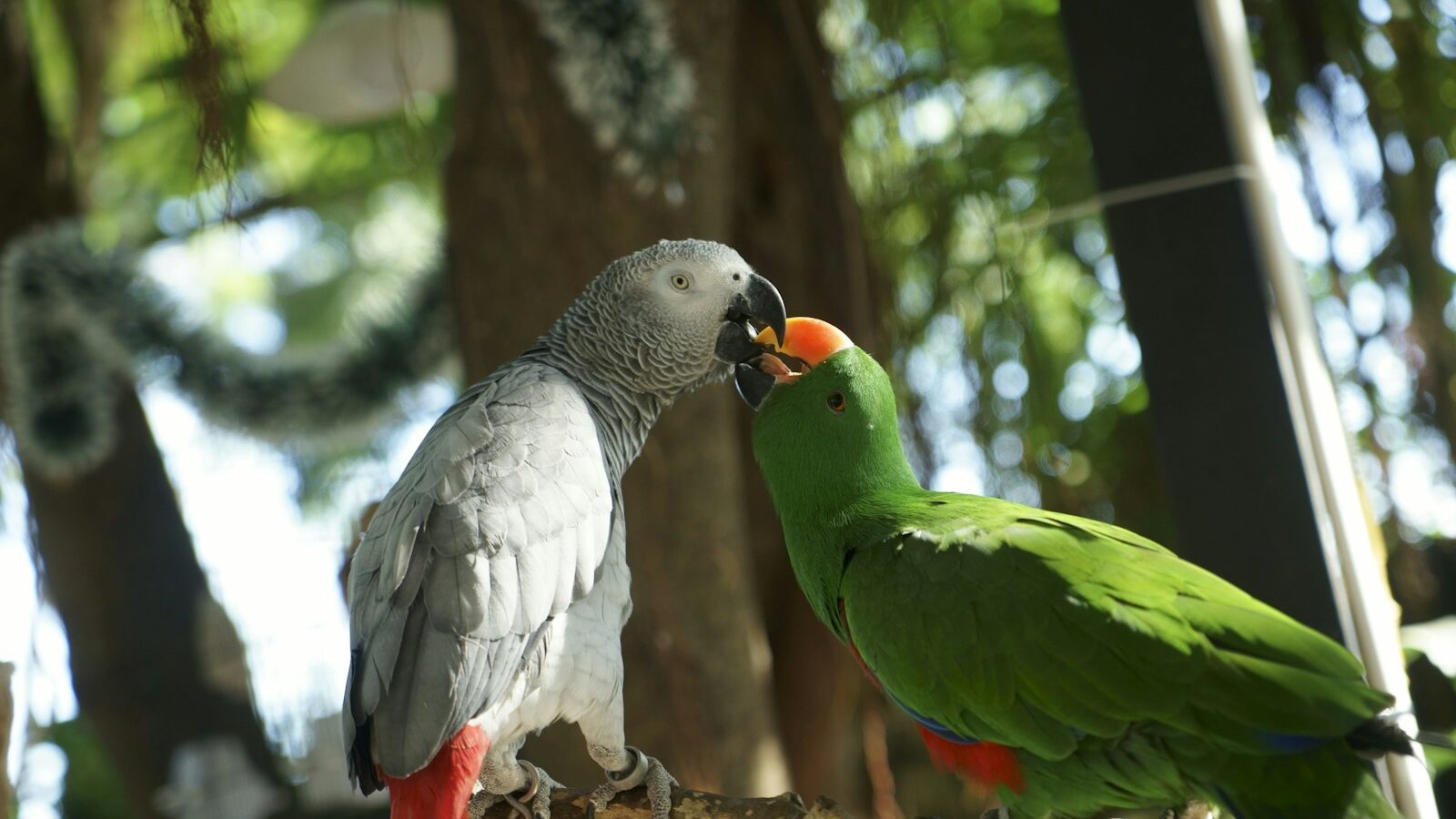
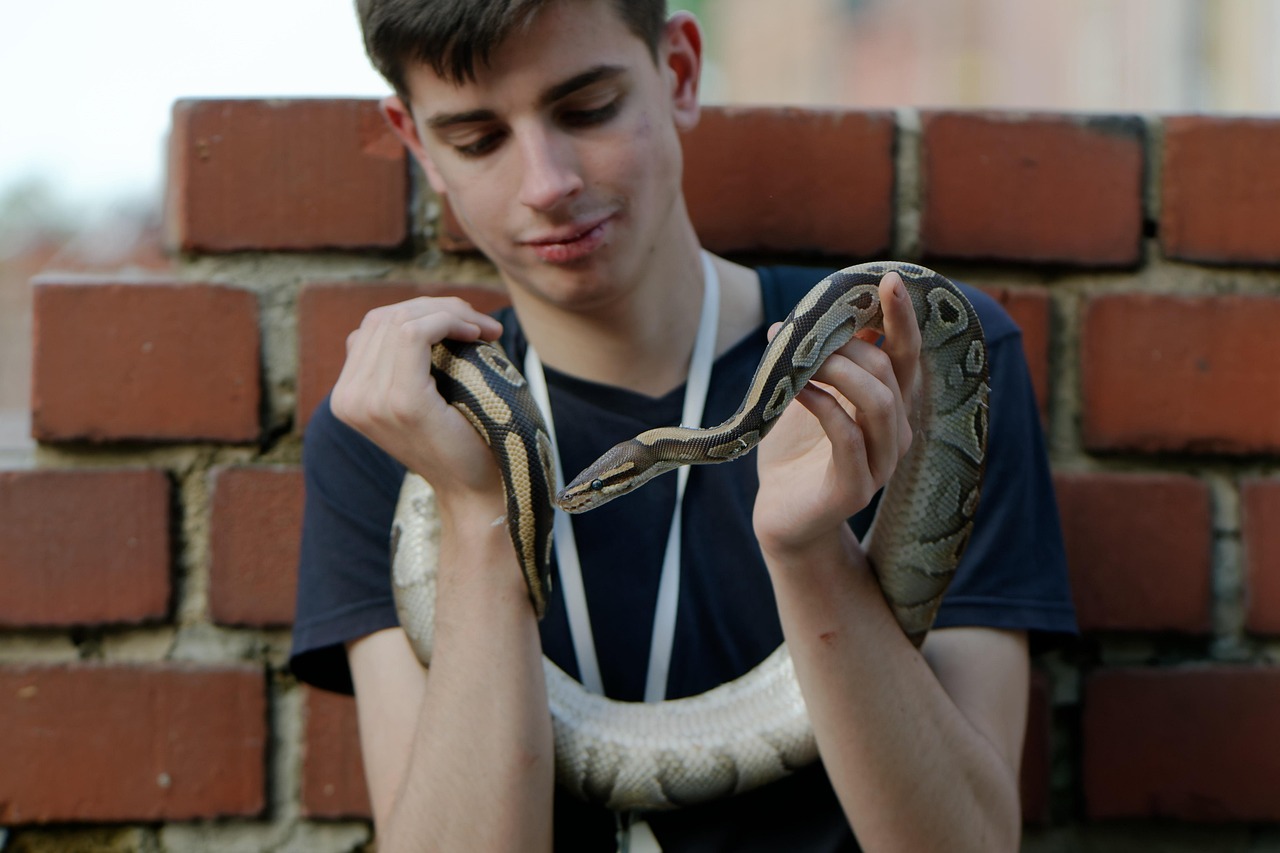
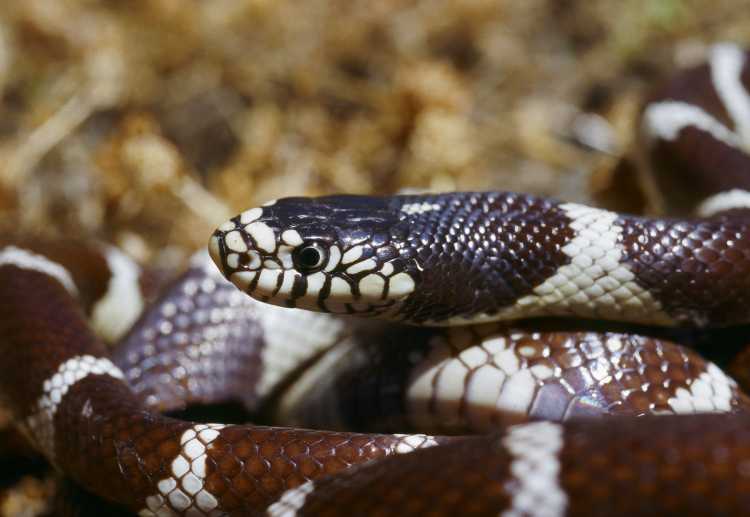




Leave a Reply